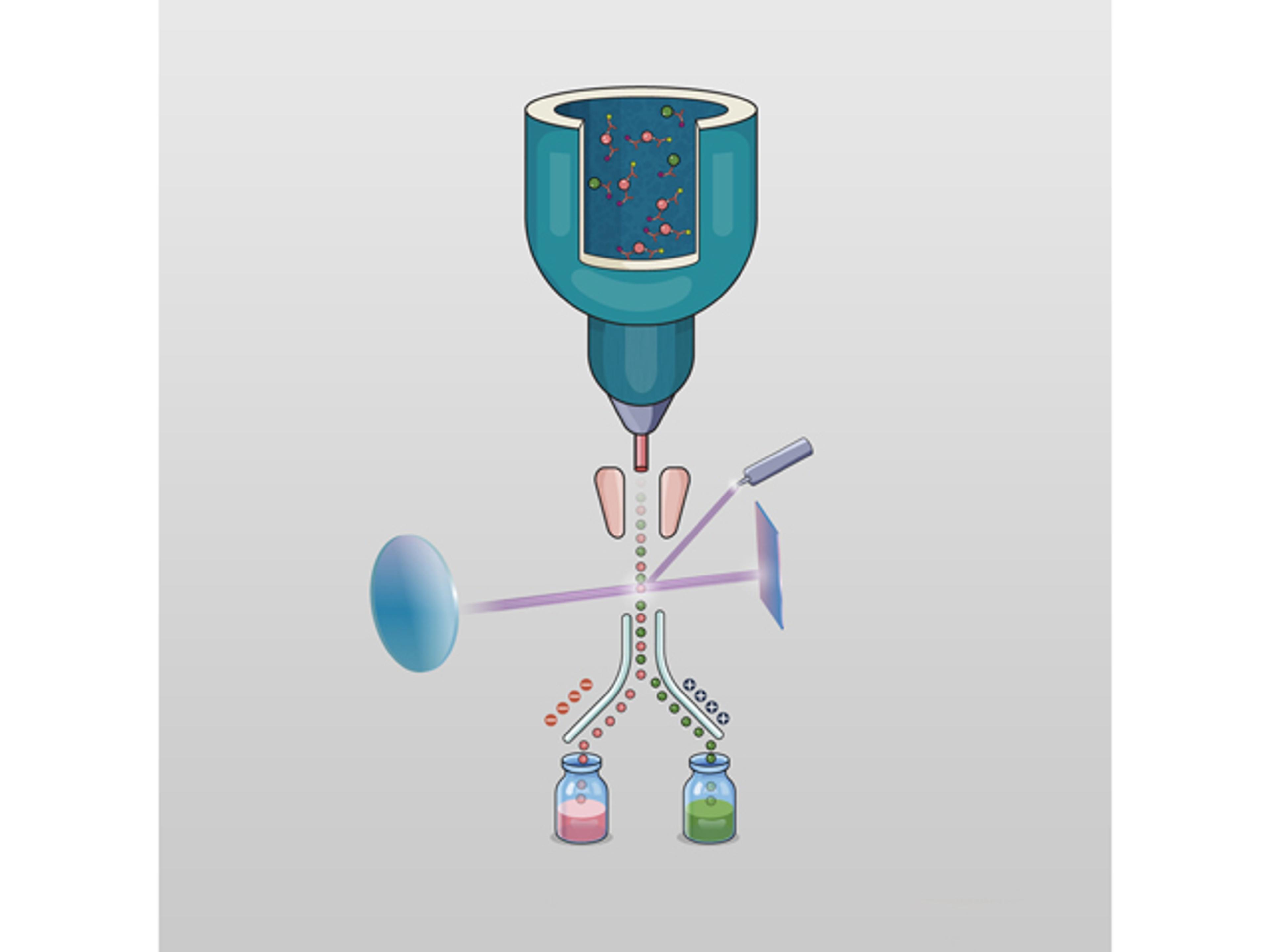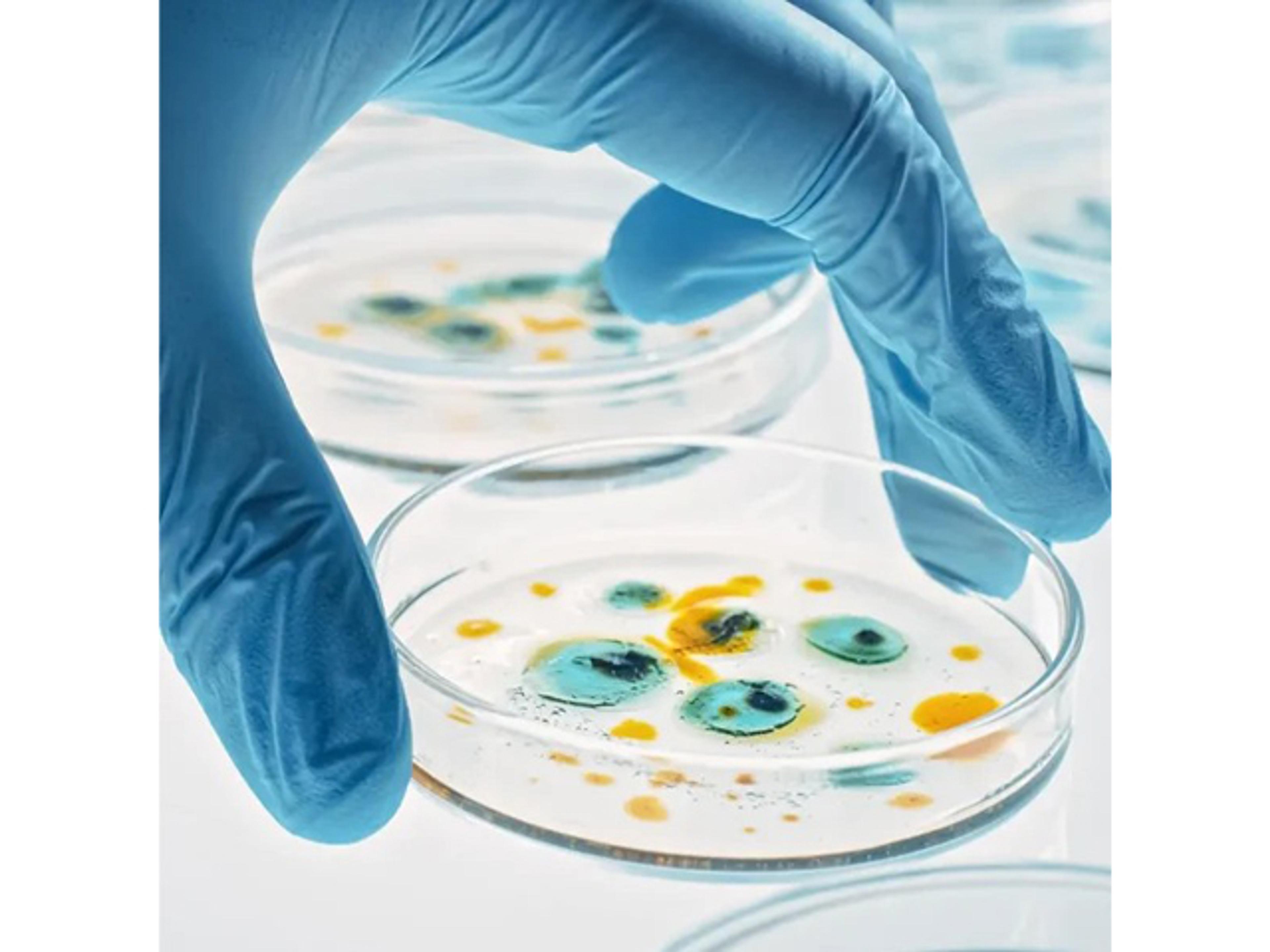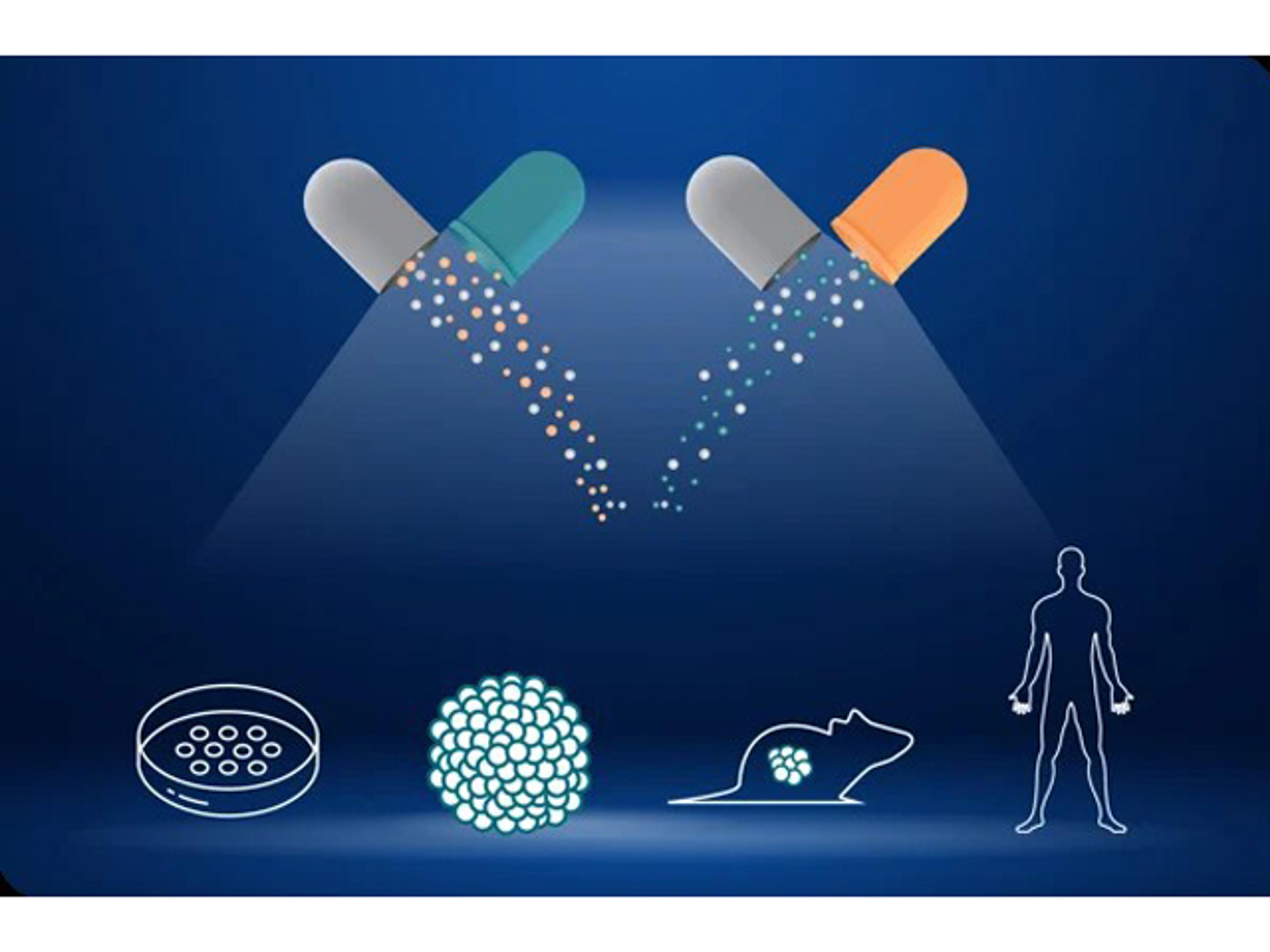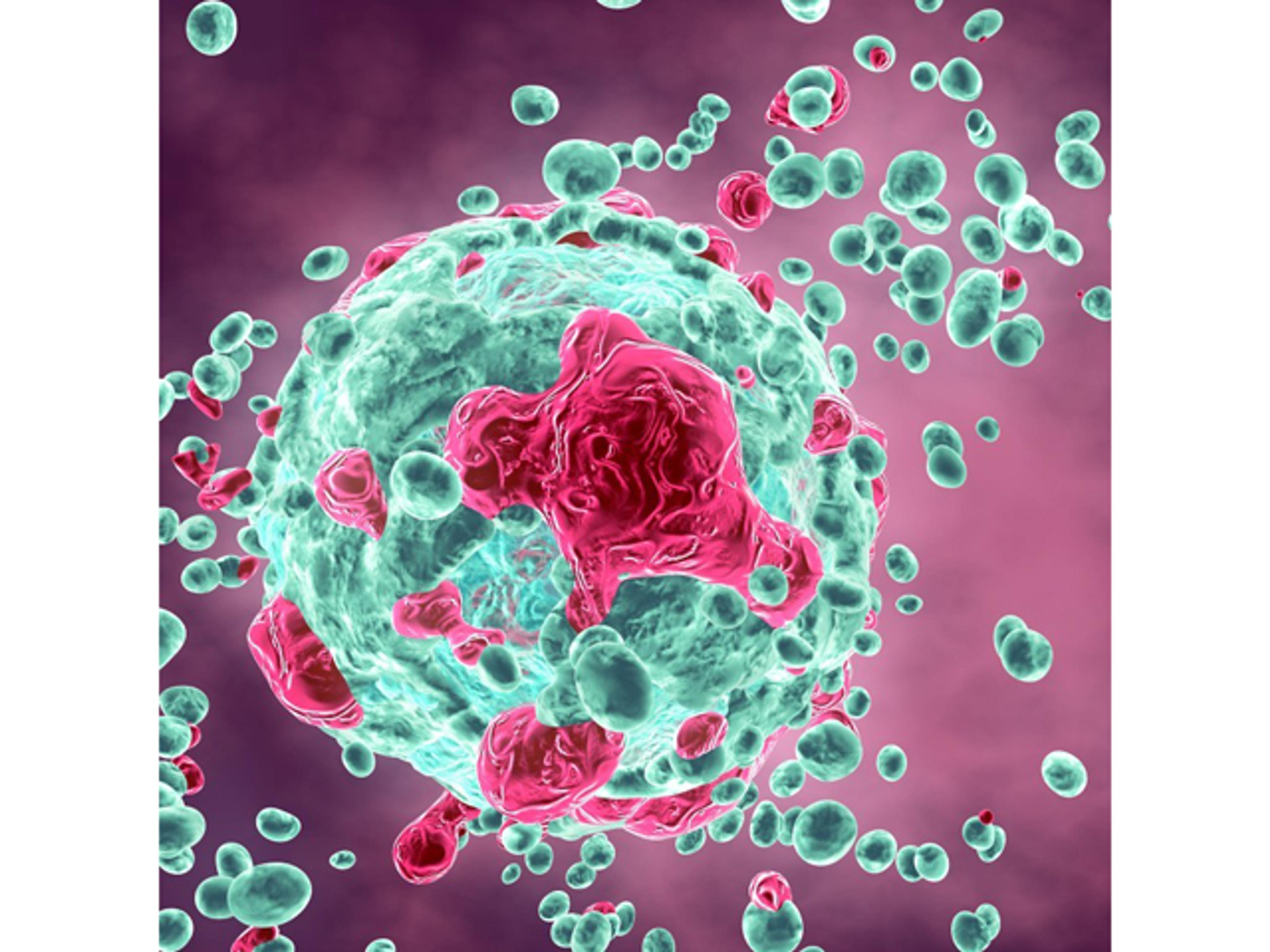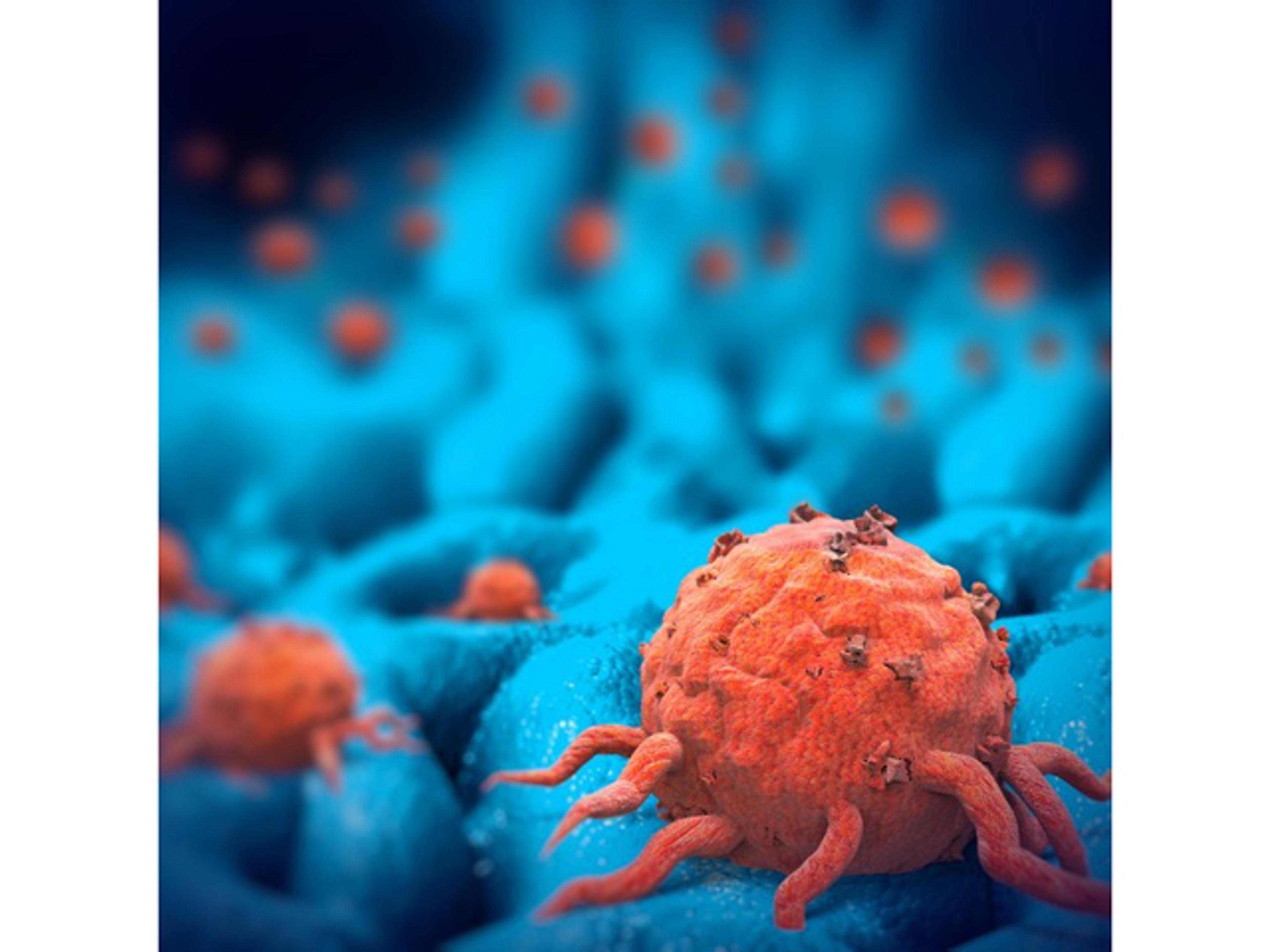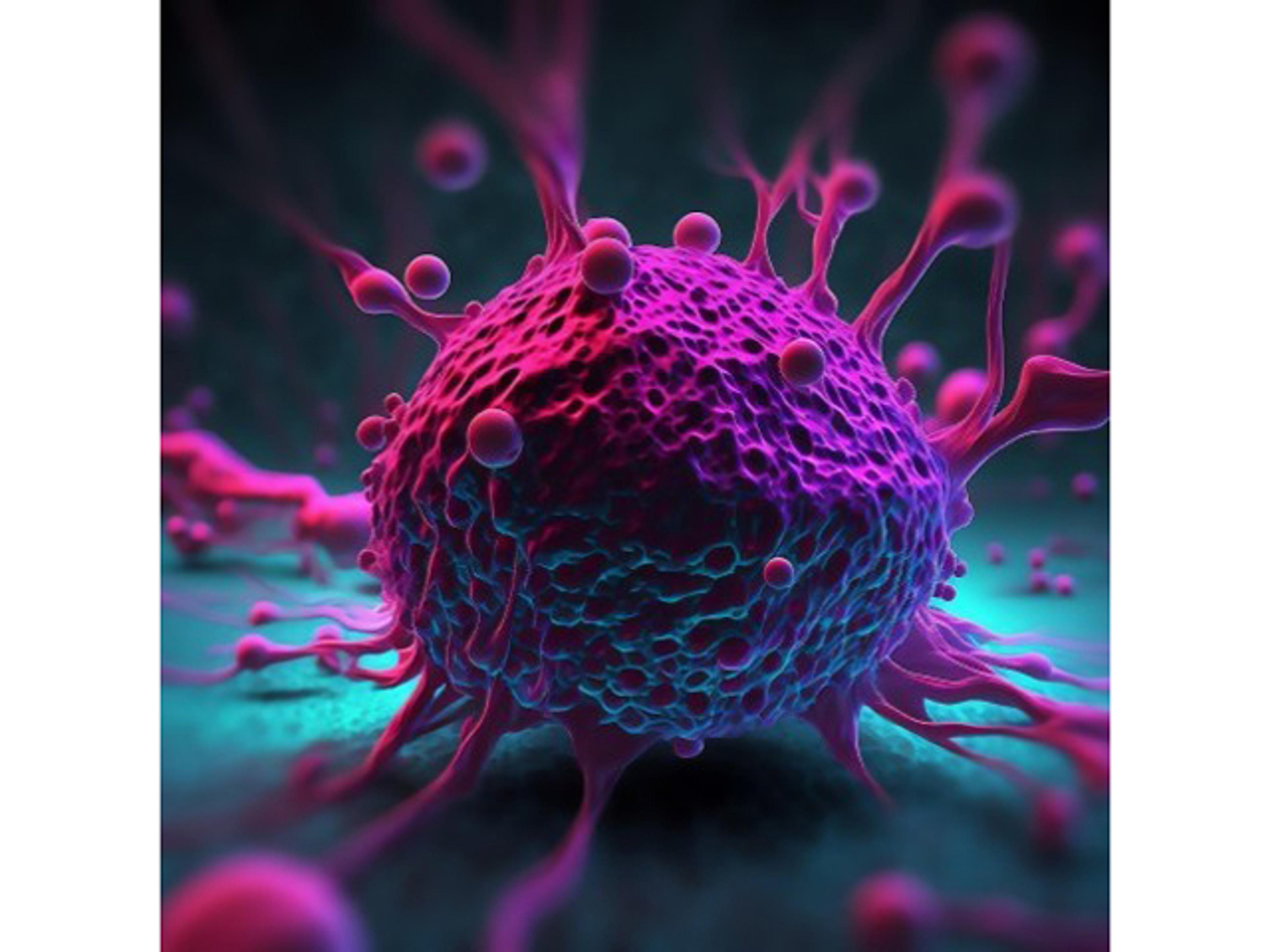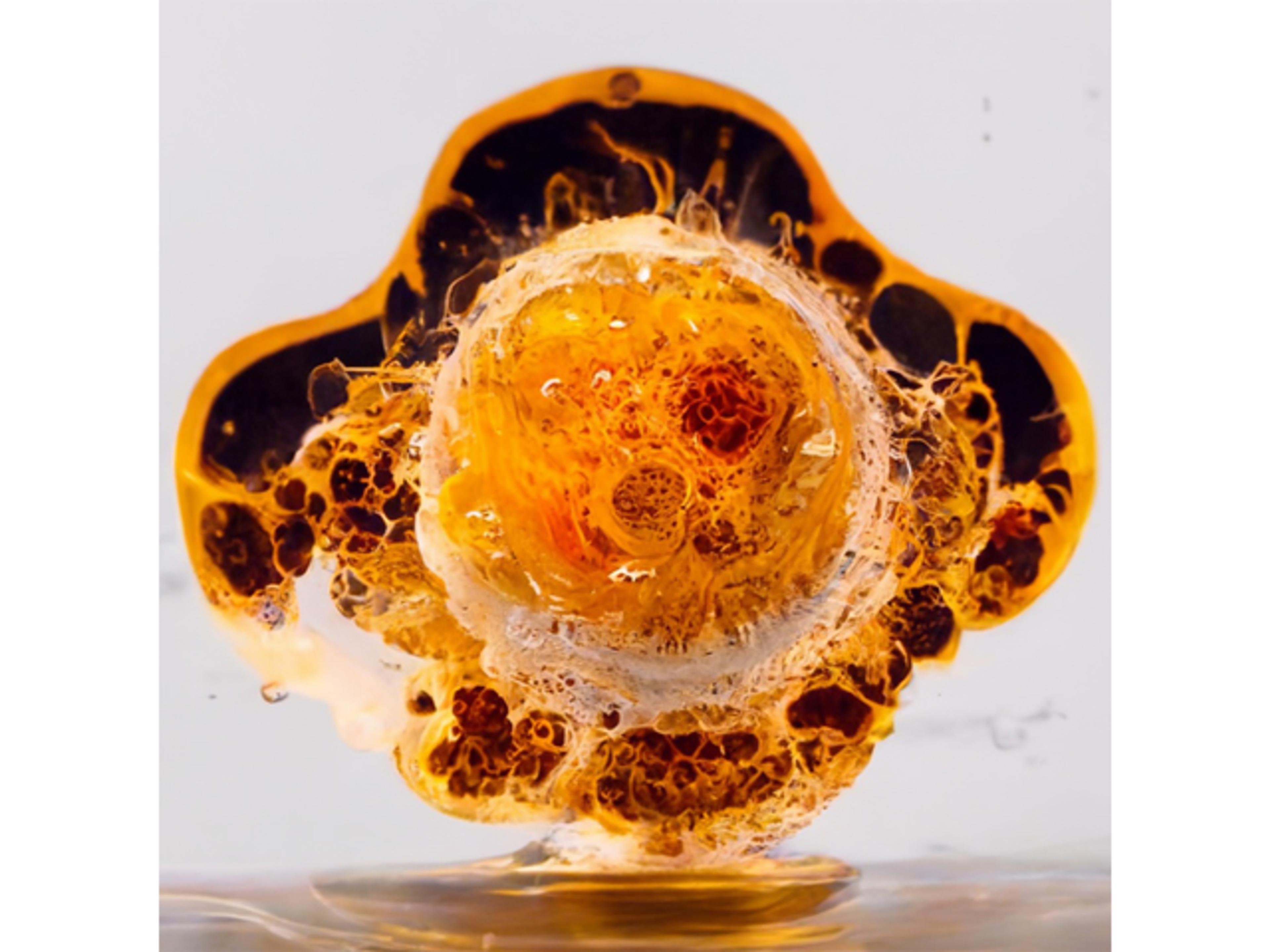Spatial Biology and Digital Pathology Services
Unlock deeper insights into tissue organization and cellular interactions with Crown Bioscience’s spatial biology and digital pathology services, featuring advanced imaging, automated analysis, and high-throughput biomarker screening for applications in cancer research, immunology, and more.
Crown Bioscience’s Spatial Biology and Digital Pathology services provide comprehensive solutions to study the spatial organization and function of biological systems in two- and three-dimensional contexts. By leveraging high-resolution imaging, advanced computational analysis, and state-of-the-art platforms like NanoString GeoMx DSP, these services enable detailed examination of complex spatial relationships among molecules, cells, tissues, and organs.
Key offerings include spatial assays for both RNA and protein, automated staining, immunohistochemistry (IHC), immunofluorescence (IF), and in-situ hybridization, all supported by robust digital analysis. The platform can detect over 500 morphological parameters in 3D in vitro models, sensitively identify and characterize rare cell populations, and efficiently screen hundreds of tumor tissue samples for biomarkers of interest.
These capabilities support a wide range of research areas such as cancer biology, neurobiology, developmental biology, and immunology. For example, spatial analysis can reveal new therapeutic targets by mapping the distribution and interactions of cancer cells within their microenvironment, providing insights that traditional methods may miss.
Crown Bioscience’s digital pathology solutions also feature automated, high-throughput workflows and validated platforms for preclinical and non-CLIA regulated samples, ensuring high-quality, reproducible data for biomarker discovery and tissue characterization. This integrated approach empowers researchers to uncover novel insights into disease mechanisms, tissue architecture, and cellular heterogeneity, driving advancements in translational research and drug development.








